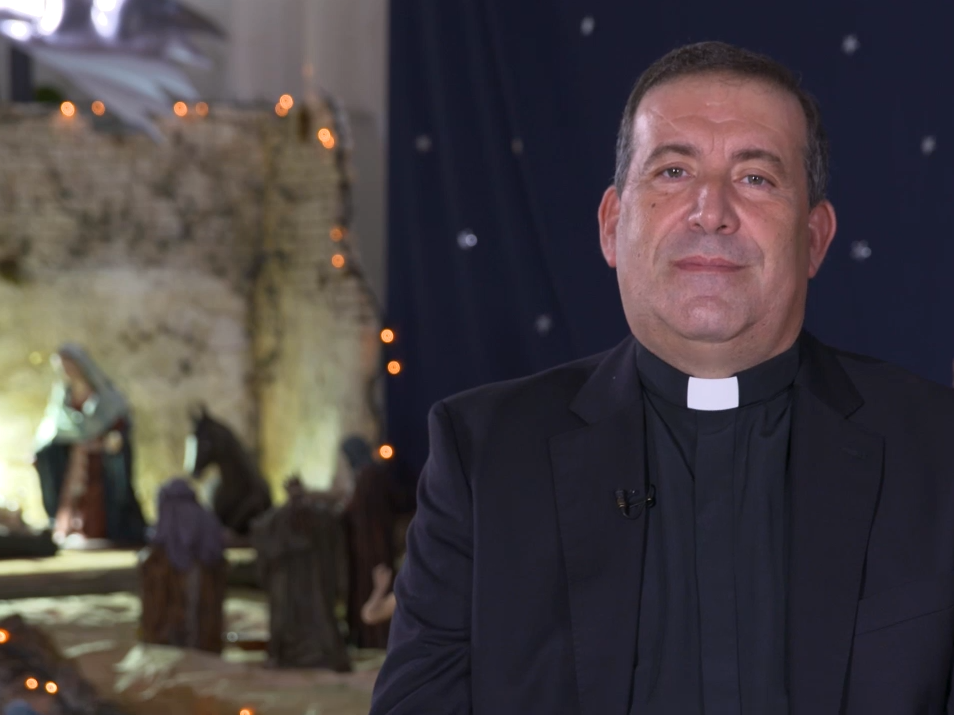The Holy Father has appointed as bishop of the Diocese of Ibiza, Spain, the Reverend Vicente Ribas Prats, until now diocesan administrator of the same see.
Curriculum vitae
Msgr. Vicente Ribas Prats was born in Ibiza on May 12, 1968. On October 12, he was ordained a priest.
He has held the following offices: parish vicar of Santa Cruz in Ibiza (1996-2000); chaplain of the Colegio Sa Real and delegate for vocational pastoral care (2001-2020); parish priest of Santa Gertrudis and San Mateo, and parish administrator of San Miguel (2000-2006), and parish priest of the latter, member of the College of Consultors, archpriest of Santa Eulália Mártir (2006-2020), subsequently parish priest of the latter and again of San Mateo (2008-2020); canon of the Cathedral Chapter (from 2009); vicar general (2010-2020) and, from February 4, 2020, to date, diocesan.










